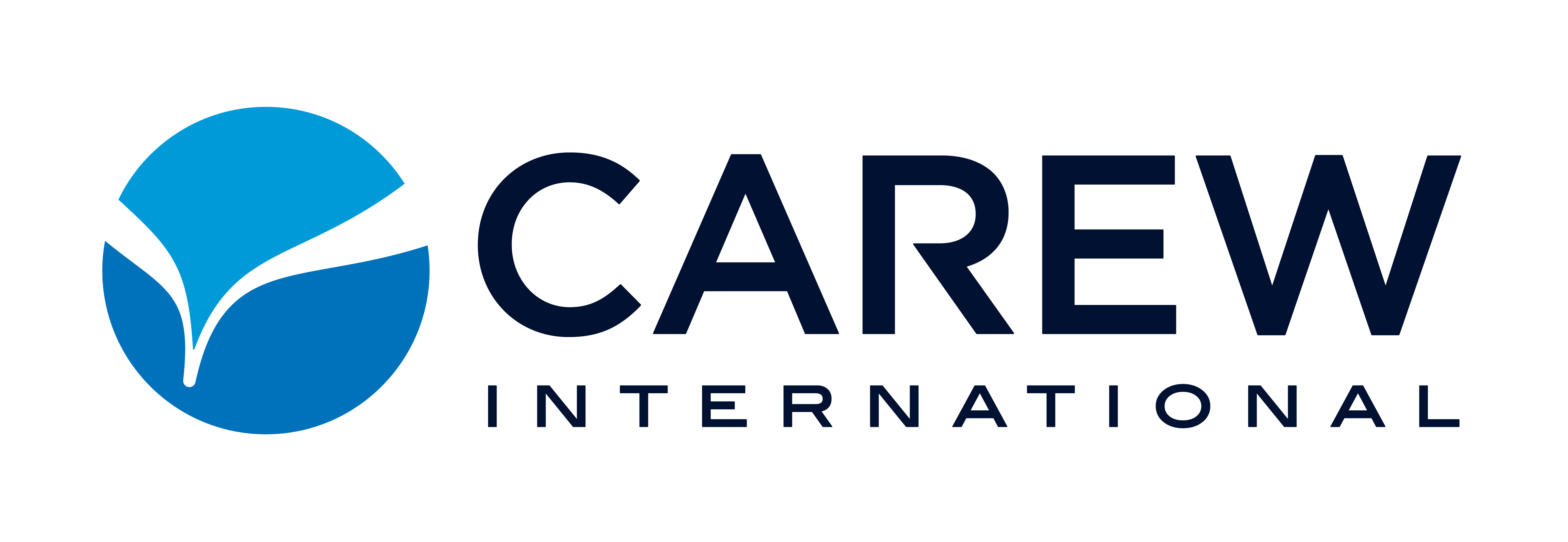Sales training programs are difficult to create, deliver and sustain, especially with the fast-changing corporate and consumer landscapes of recent years. Think about the effects of supply chain shortages many organizations are dealing with or the “quiet quitting” crisis going on right now. These factors have dramatically impacted sales cultures, leadership best practices, and customer service teams in a short time.
Planning, delivering, and reinforcing a sales training program inside an organization may seem like a low-priority task with all the day-to-day needs of today’s sales professionals. However, sales teams can still reach their goals by focusing on sales training basics. Going back to the basics of how to approach customer conversations and the core concepts of strategically managing accounts will strengthen the foundation of any organization. What does the core of a sales training program look like? Some of the most traditional and time-tested strategies to develop strong sales professionals will continue to be the most effective.
What to Include
Carew utilizes proven training principles when designing our workshops. We customize each training program according to the client’s needs and challenges, the audience who will participate, and the budget allocated to the task. But, despite the amount of customization, certain aspects are always included.
Here is a list of several essential elements to consider when creating a sales training program or evaluating your participation in one:
- Alignment: Without cohesion and alignment between the sales training process and corporate objectives, you can’t achieve the desired performance improvements. Training should align with company messaging and key performance indicators. If you are measured on profitability, you should ensure any training you participate in explicitly discusses how to sell on value vs. price.
- Scalability: Look, we get it. It can feel daunting for organizations to consider training an entire salesforce, especially in larger companies. But those that commit to the professional development of all their sales professionals will be better positioned to create organizational alignment (as discussed above), a common sales language, decrease employee churn, and set everyone up to achieve their goals. Pay attention to whether there is a repeatable framework that the training relies on so a team of people can deliver a consistent training experience.
- Flexibility: Training programs should provide a framework that can be adaptable depending on the situation. If a training program allows for flexibility in application, you will leave with ideas for how to improve and behaviors/skills you can immediately incorporate into your role. Also, is your company selecting training that sales, leadership, and customer service teams can all get something out of? If so, this is both efficient and improves the stickiness of the content.
- Technology and Digital Agility: B2B buying behaviors have been shifting toward a buyer-centric digital model, a change that the COVID-19 pandemic has only accelerated. In their Future of Sales report, Gartner states that by 2025 80% of B2B sales interactions between suppliers and buyers are expected to occur in digital channels. And according to McKinsey, high performers interact and sell digitally, which aligns with customers’ developing expectations. Technology will play a continuously more significant role in sales and account management, so selling skills that will help reps perform both in-person and virtually is incredibly important.
- Reinforcement: Reinforcement is critical to sustaining the performance improvement and financial gains that result from a training initiative. Training programs must be followed with a comprehensive regimen that reinforces what participants learned in training. Whether through individual coaching sessions with managers, webinars, or videos, reinforcement is necessary to build upon the behavior change from the training program and cement the learning. If you are about to engage in a training program with your team, ask yourself how you will keep the learning alive once you leave the classroom.
Working for Carew, I know the importance of training to help sales professionals truly connect with their customers and solve relevant problems. Sales training should be flexible, scalable, and easily reinforced, while aligning with the objectives of the organization. Lastly, it needs to be relevant to how buyers prefer to buy: digitally.





